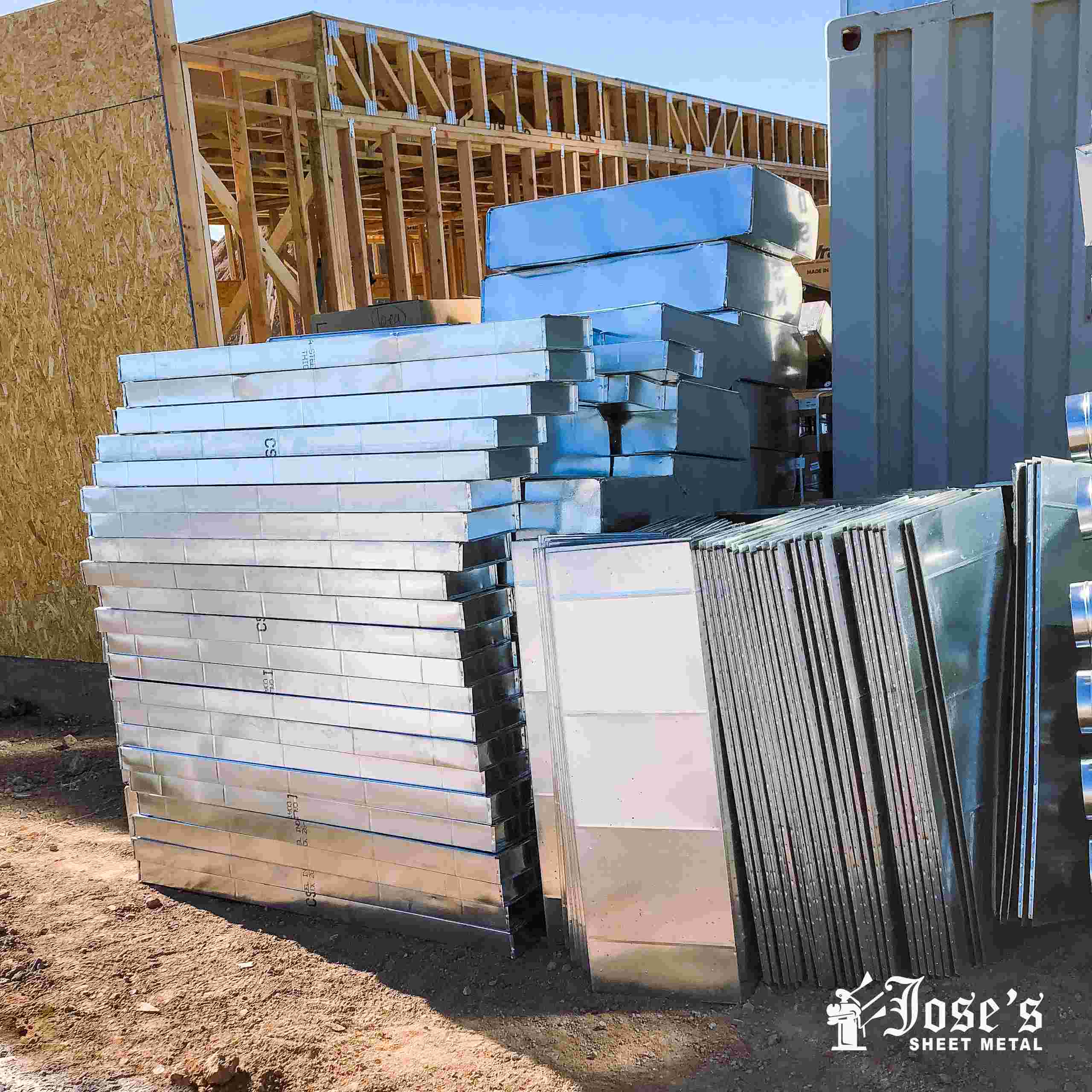When it comes to HVAC (Heating, Ventilation, and Air Conditioning) systems, the materials used for ductwork play a critical role in determining the system's efficiency, durability, and overall performance. Understanding the various materials available and their specific applications is essential for making informed decisions in system design and installation.
Ducts can be constructed from a range of materials, each offering unique advantages depending on the application:
| Rectangular Ducts | Round Ducts | Oval Ducts |
|---|---|---|
| Materials:
Typically made from galvanized steel, aluminum, or stainless steel. |
Materials:
Constructed from fiberglass strands sealed with a resin binder. |
Materials:
Typically consist of a plastic inner core with insulation and an outer vapor barrier. |
| Uses:
Ideal for both residential and commercial applications where durability and fire resistance are crucial. |
Uses:
Commonly used in residential settings and where noise reduction and thermal insulation are priorities. |
Uses:
Often used in areas where space is limited or where ducts need to navigate around obstacles. |
| Benefits:
Sheet metal ducts provide excellent structural integrity, resistance to mold growth, and can be fabricated to custom sizes. |
Benefits:
Fiberglass ducts are lightweight, easy to install, and provide good thermal insulation properties, helping to conserve energy. |
Benefits:
Flexible ducts are cost-effective, easy to install in challenging spaces, and reduce noise transmission compared to metal ducts. |
Selecting the appropriate duct material depends on several factors:
Consider factors such as humidity levels, temperature fluctuations, and exposure to outdoor elements.
Evaluate airflow needs, pressure requirements, and the desired level of thermal and acoustic insulation.
Assess ease of cleaning, resistance to corrosion, and longevity to minimize maintenance costs over the system's lifespan.

The selection of duct materials significantly impacts HVAC system performance and longevity. By understanding the characteristics, uses, and benefits of each type of duct material, you can make informed decisions that enhance energy efficiency, indoor air quality, and overall comfort. Consult with HVAC professionals to determine the best material for your specific project needs, ensuring optimal performance and longevity of your HVAC system.
If you’re a new customer, you’ll receive 5% off your first order!